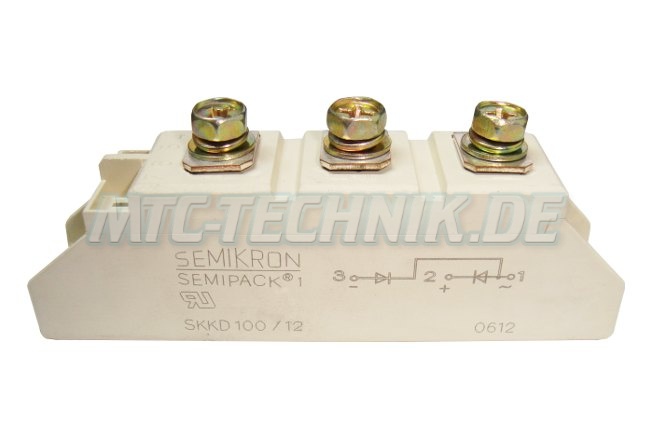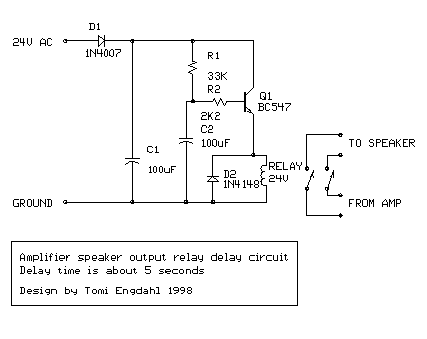I've got a Euphonics CS console that started to act really funky lately.
There's a huge linear PSU with a bunch of 3A regulators in TO-3 cases (8 pos and 8 neg). They are fed from a single 50A bridge followed by some silly huge caps. Like10000uF 70000uF per rail.
Sooo. All this developed a nasty habbit of making a fireworks once in a while. During the power up the 50A bridge dies with the fire and smoke show. This doesn't happen every time, not even every week, but once a month we get this fire show for sure.
Now, I wrote to smart guys at Euphonix and asked if they were aware of this behaviour. And the answer was: yes, we put in 60A bridge instead. Great. I've built up a custom bridge with 80A schottkies. You can't go wrong with 80A schottkies, can you?
It turned out you can. Today I witnessed the death of 2 diodes with smoke and fire during startup. The PSU was unloaded if this matters.
I've talked to all credible techs here who are still willing to do repairs of this console (frankly, just a couple of guys) and they all told me to f..k off. Politely. Nobody wanted to get their hands dirty with this.
One of them suggested inserting the 1 or 2 Ohm resistor right after the bridge and arrange a relay that would short it out after some time. This will decrease the inrush current to manageable.
I'm almost ready to implement this, but I wanted to ask smart guys here if there are any other ways of dealing with this problem? The misterious thing is that this problem developed over time. This leads me to conclusion that maybe something is wacky down the line. Don't know how to check this though.
And yes, leaving the desk turned on continuously is not an option.
There's a huge linear PSU with a bunch of 3A regulators in TO-3 cases (8 pos and 8 neg). They are fed from a single 50A bridge followed by some silly huge caps. Like
Sooo. All this developed a nasty habbit of making a fireworks once in a while. During the power up the 50A bridge dies with the fire and smoke show. This doesn't happen every time, not even every week, but once a month we get this fire show for sure.
Now, I wrote to smart guys at Euphonix and asked if they were aware of this behaviour. And the answer was: yes, we put in 60A bridge instead. Great. I've built up a custom bridge with 80A schottkies. You can't go wrong with 80A schottkies, can you?
It turned out you can. Today I witnessed the death of 2 diodes with smoke and fire during startup. The PSU was unloaded if this matters.
I've talked to all credible techs here who are still willing to do repairs of this console (frankly, just a couple of guys) and they all told me to f..k off. Politely. Nobody wanted to get their hands dirty with this.
One of them suggested inserting the 1 or 2 Ohm resistor right after the bridge and arrange a relay that would short it out after some time. This will decrease the inrush current to manageable.
I'm almost ready to implement this, but I wanted to ask smart guys here if there are any other ways of dealing with this problem? The misterious thing is that this problem developed over time. This leads me to conclusion that maybe something is wacky down the line. Don't know how to check this though.
And yes, leaving the desk turned on continuously is not an option.







